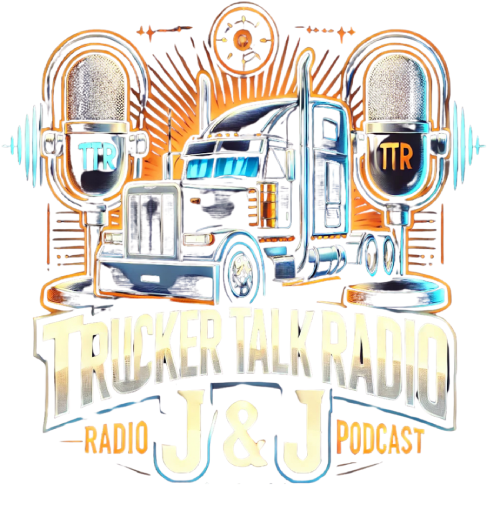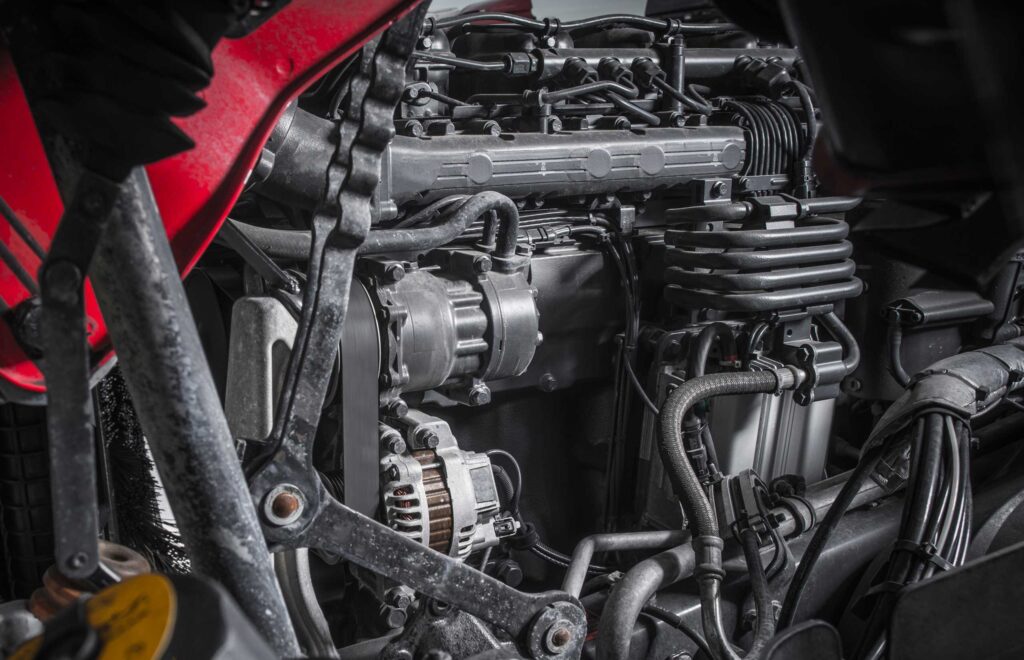Overview of EPA Regulations Under Biden’s Administration
Are you aware of the greenhouse gas standards and mandates concerning emissions set by the Biden administration for light- and medium-duty vehicles that will begin in model year 2027? Particularly relevant to the trucking sector are the impending deadlines concerning emissions regulations for heavy-duty vehicles.
Trucking Industry’s Preemptive Strategies
In preparation for the 2027 model-year regulations on emissions and fuel efficiency, the trucking industry has been devising strategies, such as planning to pre-purchase more units of 2025 and 2026 model-year tractors. This approach aims to minimize the need for purchasing costlier 2027 models, allowing others to tackle the technological changes and the accompanying maintenance costs. A significant motivator for this pre-purchase strategy is the federal mandate to extend vehicle life through longer warranties, raising purchase prices by up to 30%.
New Direction Under Trump’s EPA Leadership
However, changes are afoot with the new leadership at the EPA appointed by the Trump administration. On March 12, 2025, EPA Administrator Lee Zeldin announced that the emissions rules established under Biden were under review. This review was initiated with a series of executive orders when Donald Trump assumed office.
Proposed Rollbacks on Environmental Regulations
Zeldin indicated that the EPA is working on reversing 31 environmental regulations enacted during Biden’s term. These regulations span electric power plants, oil and gas restrictions, and vehicle regulations including light-duty, medium-duty, and heavy-duty vehicles, as well as NOx standards. A key rollback aims to contest the 2009 conclusion by then-EPA administrator Lisa Jackson, which stated that greenhouse gases threaten public health and future generations.
Details on GHG and NOx Standards
The EPA’s final rule on “Greenhouse Gas Emissions Standards for Heavy-Duty Vehicles – Phase 3,” published on March 29, 2024, mandates carbon dioxide emissions reductions for heavy-duty trucks starting with the 2027 model year, with targets increasing through 2032. Moreover, the December 20, 2022, ruling set new NOx emissions guidelines, aiming for a 48% reduction by 2045 and requiring longer “useful life” warranties that could impose substantial increases on vehicle prices.
Challenges of Implementing New Technologies
As with any new technology, challenges are expected before the industry reaches full acceptance. Previous experiences, such as issues with the 2007 model-year diesel engines, illustrate such hurdles. Drivers recall the problems with particulate filters that often failed and left them stranded. Similarly, diesel truck regulations evolved further with the introduction of Selective Catalytic Reduction (SCR) in 2010, necessitating the use of Diesel Exhaust Fluid (DEF) which requires truck drivers to manage yet another fluid system.
The Future of Trucking Regulations
The impact of the Trump-ordered EPA revisions remains uncertain. Changes to existing regulations must follow the federal rulemaking process, which includes a notice of proposed rulemaking, a public comment period, and a final rule published in the Federal Register. While Congress may pass legislation to expedite this process, it’s important to note that executive orders alone cannot eliminate existing regulations. The fate of current efficiency and emissions rules will likely unfold in the coming months.


